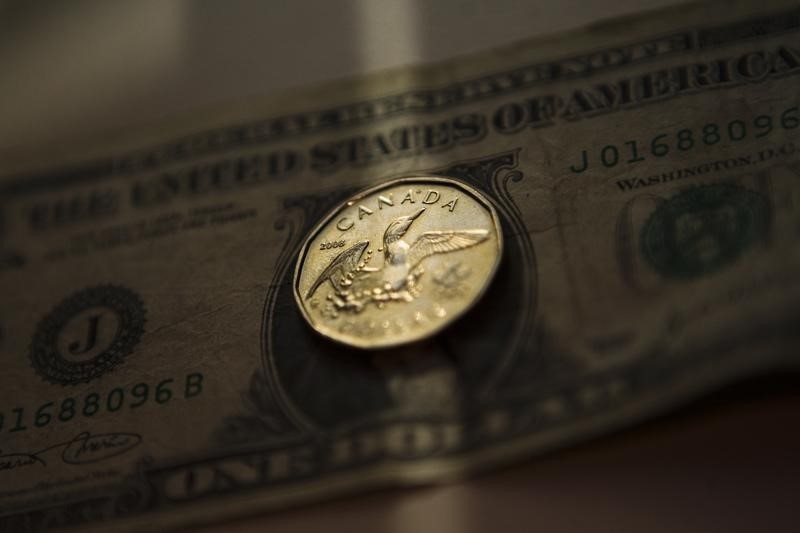Investing.com - The U.S. dollar fell to session lows against the Canadian dollar on Wednesday after the Bank of Canada left monetary policy unchanged, indicating that January’s rate cut has been sufficient to offset the negative impact of lower oil prices.
USD/CAD hit lows of 1.2434 and was last at 1.2438, down from around 1.2538 ahead of the announcement.
The BoC held its overnight cash rate at 0.75%, in line with expectations.
"Risks to the outlook for inflation are now roughly balanced and risks to financial stability appear to be evolving as expected," the bank said in a statement.
The central bank surprised markets with an unexpected rate cut in January, which Governor Stephen Poloz described as “insurance” against the effects of lower oil prices.
The bank said it expects economic growth to have stalled in the first quarter of 2015 as a result of the oil price shock, but expects growth to rebound in the second quarter and subsequently strengthen on a quarterly basis.
The bank also said the very weak first quarter has led to a widening of Canada’s output gap and additional downward pressure on projected inflation.
However it expects the effect on underlying inflation from the weaker dollar to offset the output gap as the economy recovers.
In the U.S., data on Wednesday showed that manufacturing activity in New York State fell unexpectedly this month, while industrial production saw the largest drop in two-and-a-half years.
The Federal Reserve Bank of New York said the Empire State manufacturing activity index fell to -1.19, from 6.90 in March. Economists had forecast an increase to 7.0.
Meanwhile, the Federal Reserve said industrial production fell 0.6% in March, the largest fall since August 2012 and worse than economists' expectations for a 0.3% decline.
The reports, coming on the heels of Tuesday's disappointing retail sales data, added to speculation that the Federal Reserve could delay hiking interest rates until late 2015, instead of tightening midyear.
A separate report showed that U.S. home builder sentiment rose to the highest level of the year in April.
The National Association of Home Builders/Wells Fargo Housing Market Index increased to 56.0 from 52.0 in March and ahead of forecasts of 55.0.
The U.S. dollar index, which measures the greenback’s strength against a trade-weighted basket of six major currencies, was last at 99.03, off highs of 99.58.
